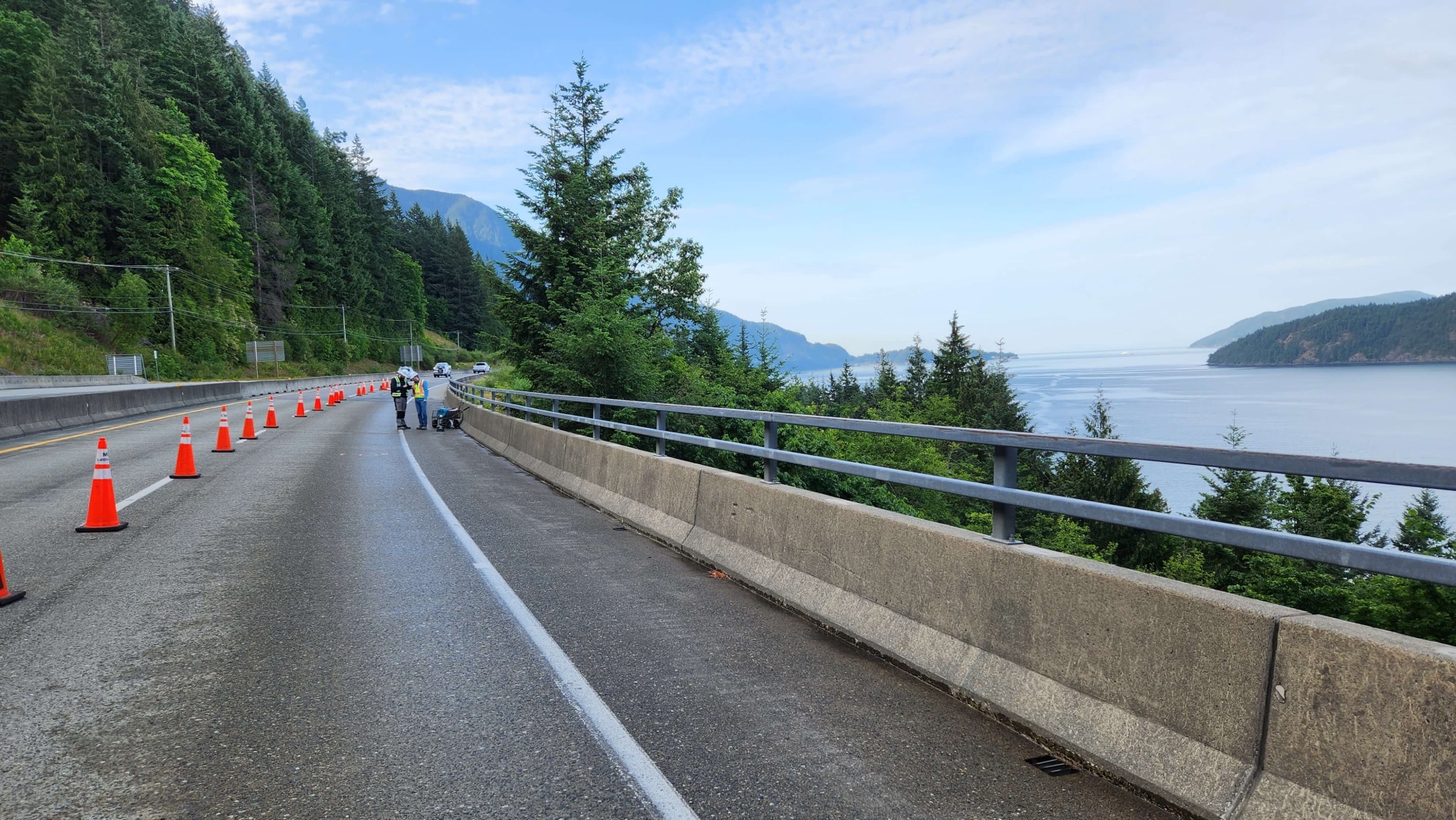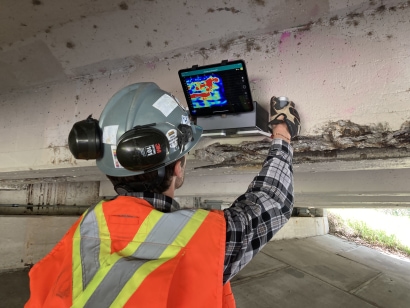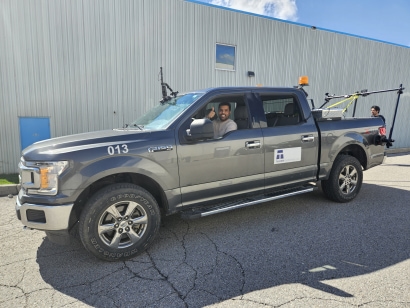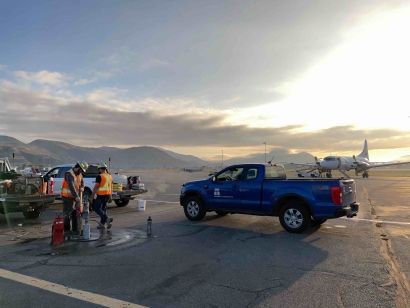Focused on Durability
Highways, airport runways, parking lots and sidewalks all have something in common: they are assessed and designed by pavement engineers. Using specialized tools and testing methods, Thurber’s pavement engineers design and maintain durable and safe driving surfaces that can withstand vehicle weight, heavy use, and Canada’s changing climate.
.jpg?1500x1125)
Thurber’s pavement engineers help airports, municipalities, and provincial agencies manage and maintain their runways, roadways, and highways. Through regular pavement condition assessments, we help our clients understand the health and quality of their pavement network. Based on the pavement condition assessments, we develop a capital plan of the pavement network. The plan optimizes the pavement asset management and allows owners to meet the immediate and future needs of their pavement networks in the most cost-effective way possible.
Thurber possesses assessment tools including:
- Visual pavement inspection services in accordance with ASTM D5340 for airfield assets and ASTM D6433 for municipal road network infrastructure.
- Automated pavement inspection services in accordance with ASTM D6433 using AI photo detection analysis.
- Falling Weight Deflectometer to test the physical properties of the pavement
- Inertial profiler to test the smoothness of an asphalt or concrete surface
- Ground Penetrating Radar to scan the pavement to estimate layer thickness and anomalies under the surface
- An advanced concrete and asphalt lab with materials testing capabilities

When a pavement condition assessment determines that a paved surface needs rehabilitation, we develop a pavement rehabilitation plan that analyzes the quality of the existing concrete or asphalt, reviews feasible rehabilitation strategies, and develops detailed designs and construction specifications for the rehabilitation work. Leading up to construction, we develop an estimated rehabilitation budget, and have staff able to oversee material quality and workmanship during construction.

Whether we’re developing designs for a new runway, a bridge deck, or a roadway, or looking at rehabilitation solutions, Thurber’s pavement and material engineers are here to help. We select material suited for the pavement’s use and local climate, and develop appropriate designs that take into consideration existing pavement strength and stability, underlying support conditions, and anticipated future traffic needs.
Our specialized software helps assess in-place conditions and verify rehabilitation and new pavement designs.
If required, construction specifications can be prepared, with construction oversite completed to ensure the quality of the pavement by verifying that it is being built to the design standards.
Specific equipment we have includes:
Ground Penetrating Radar:
This equipment scans the pavement surface to estimate its thickness and identify any anomalies under the surface. It is a non-destructive method of testing pavement.
We also own Noggin GPR antennas that determine pavement layer thickness and assess for subsurface anomalies and disturbances.
Falling Weight Deflectometer (FWD):
The FWD is a non-destructive testing method that measures the physical properties of pavement. It works by dropping a weight onto asphalt or concrete pavement and measuring the resulting pavement deflection. The information obtained helps engineers estimate pavement structural capacity, facilitate overlay design, or determine if the pavement is being overloaded.
Inertial profiler
The inertial profiler is a vehicle-mounted set of sensors that record a pavement's profile to assess smoothness.





